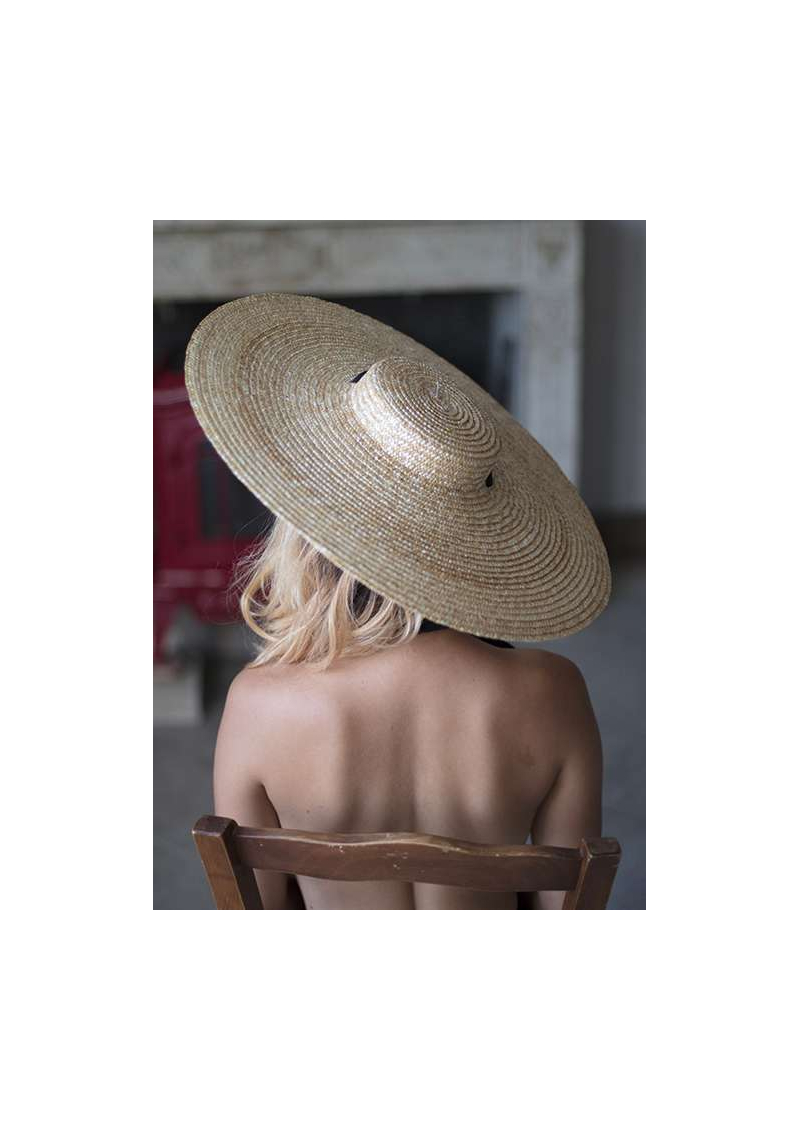








Straw hat with black ribbon.
One size.

France is a land of regions with strong identities, which still has a strong living folklore tradition and still has devoted fans, also in the hat-making industry, which has miraculously preserved ancestral know-how, tools and machines from another time.
The Maison Coustillères selected by deTOUJOURS is a family hat shop, "Entreprise du Patrimoine Vivant", established since the beginning of the 20th century, in a small village in the Tarn and Garonne. The site is historically known for its hat production since 1798. a woman who, as a shepherdess at the time, had the idea of braiding strands of straw littering the fields. She quickly spread her idea and the first hat houses were born in this village. In this village, there were as many as twenty-five factories and more than two thousand workers at the height of activity.
In 1920, the family history began with Marius who created his own hat shop working exclusively with straw, then his son Louis and finally his grandson Jean-Claude actively developed this heritage by incorporating wool labour. While each region developed its own hat, this specialized craftsmanship was gathered around these craftsmen who are the only ones able to pursue the production of these hats, according to the best traditions, for the lovers of history and style who are the faithful followers of TOUJOURS.com.

The most important element to bear in mind when examining the quality of a straw hat is the fineness of its braids. The smaller the mesh diameter, the higher the density of the material and the more resistant the hat is. For example, the Panama hat made in Borsalino has extremely thin mesh work making the hat top quality.
When measuring the quality of a hat, one method consists in counting the rings, “vueltas”, that are visible inside the hat. A high number of rings implies a high number of straw rows, meaning that the mesh work is very thin.
You can also evaluate the quality of a hat thanks to the Cuanta Montecristi method elaborated by the Montecristi Foundation. This method involves calculating the straw surface in square centimetres. From one square centimetre, you then count the vertical and horizontal filaments. Multiply the two numbers to obtain the Montecristi count.

Naturally, the quality of the braiding or weaving also has an impact on the quality of the hat. The meshes should be aligned and identical, however, it is natural that they present some irregularities, especially hand-made straw hats. It is what make them unique.
The uniformity of the colour of the straw is also an important factor. The dye is not alone an indicator because it varies depending on the origin of the straw but beware of straw hats that show very contrasting colours.

One size.
20 inch diameter.
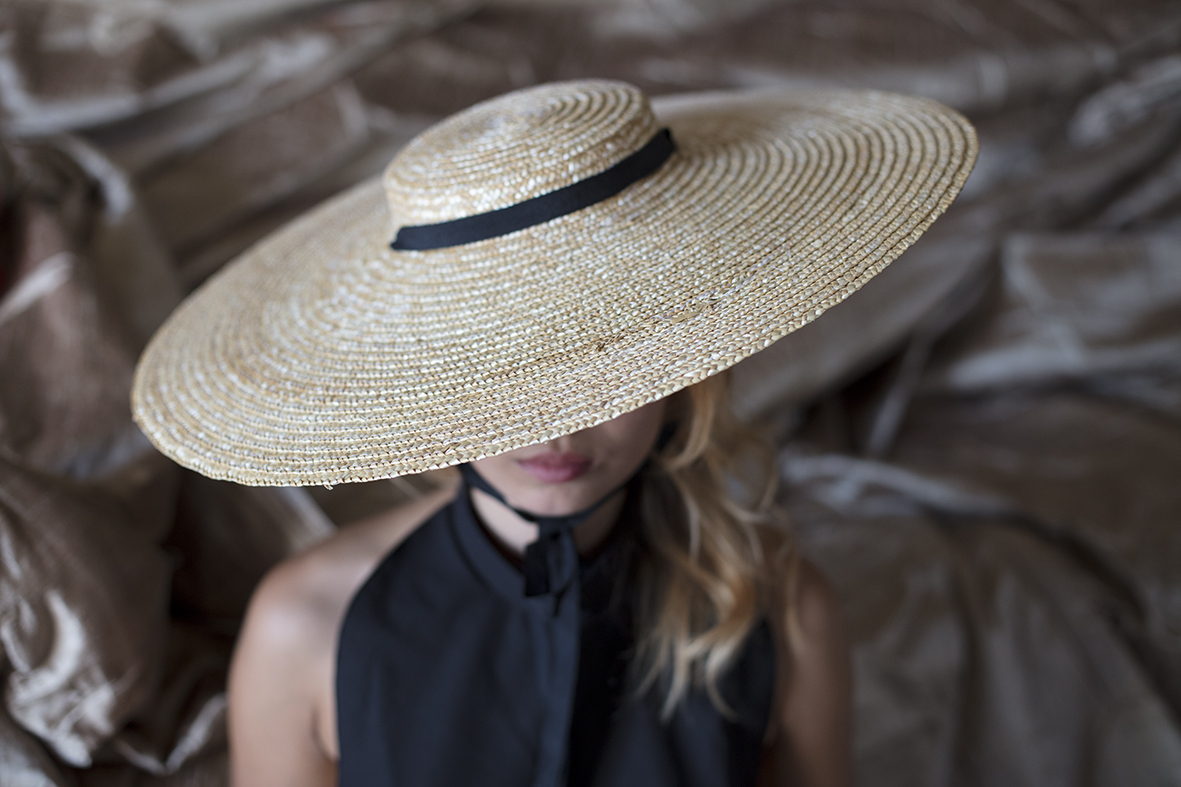
The Provencal straw hat is deeply rooted in the South of France where it has been present since the Middle Ages; from Marcel Pagnol’s birthplace of Aubagne, to Nice, Luberon and Arles.
Until the 16th century, this hat was mainly used in the fields as protection against the strong sun, however, it gradually turned into a fashion accessory worn by Mediterranean royalties under the influence of the Médicis and the Renaissance.
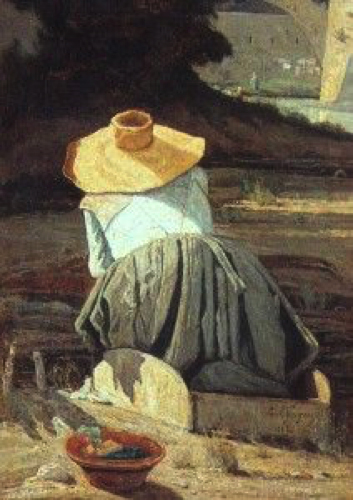
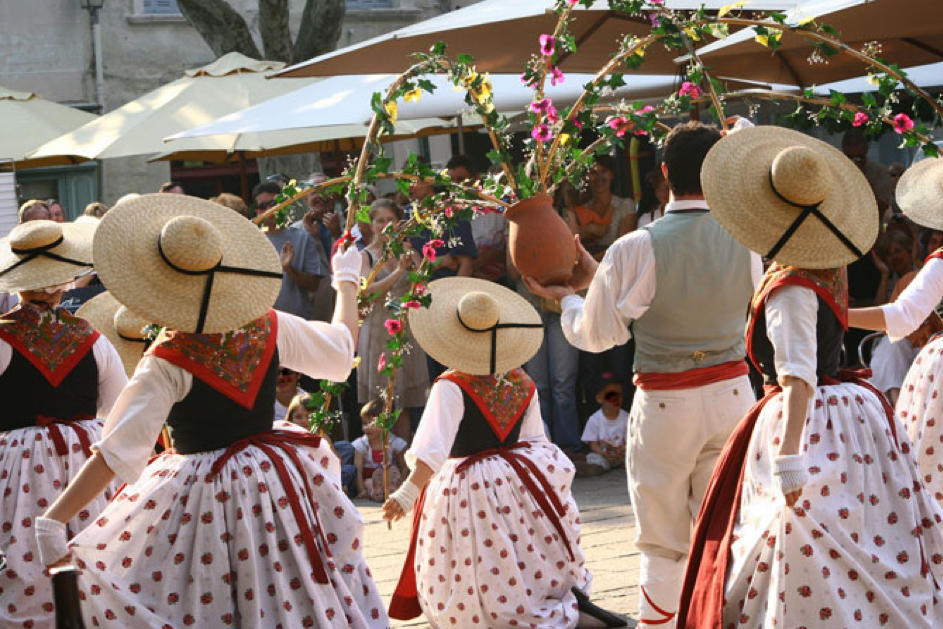
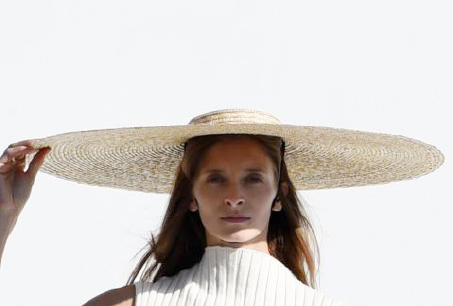
Copyright Grazia/jacquemus

De Toujours invites you to discover clothes and accessories at the source of the style, original pieces that fashion has always diverted.
© DE TOUJOURS 2026